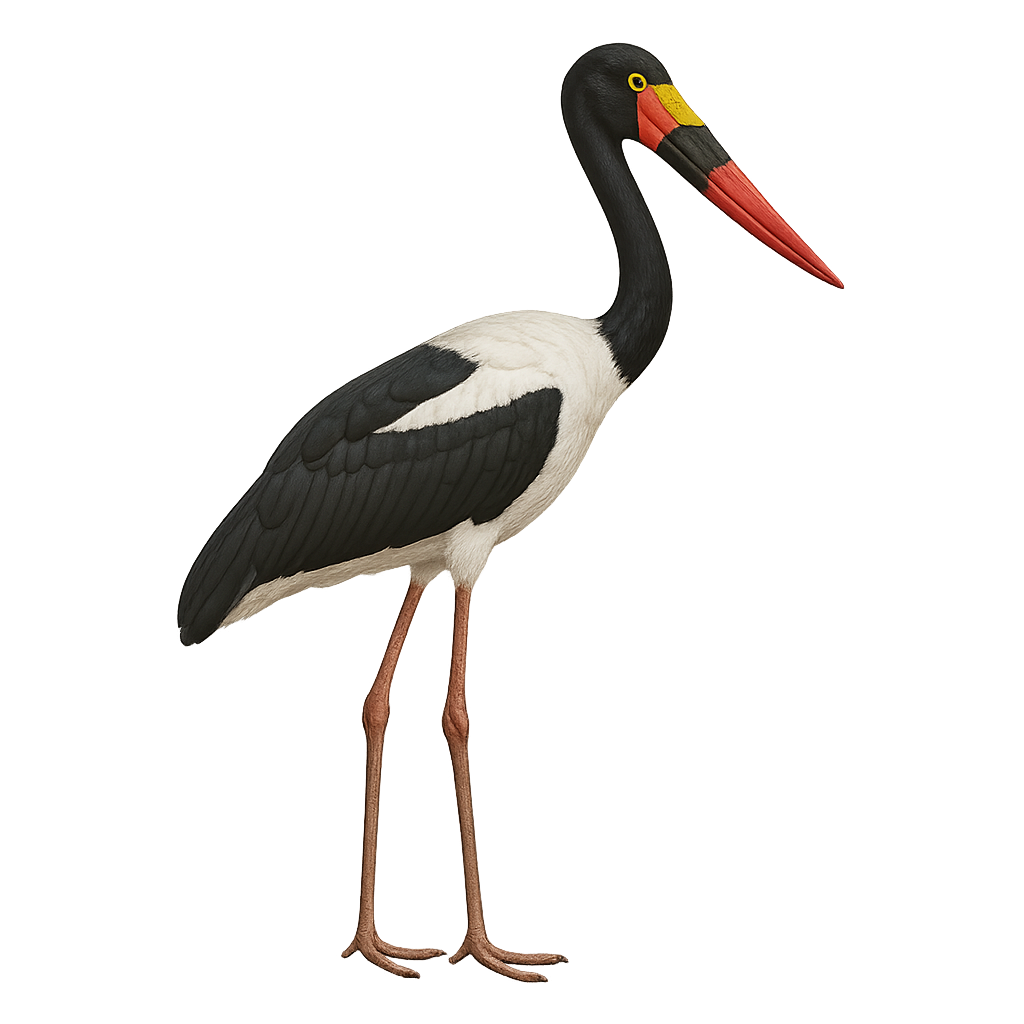Your wildlife photography guide.
Explore the saddle-billed stork in detail, study its behavior, prepare your shots.
Where to observe and photograph the saddle-billed stork in the wild
Learn where and when to spot the saddle-billed stork in the wild, how to identify the species based on distinctive features, and what natural environments it inhabits. The WildlifePhotographer app offers tailored photography tips that reflect the saddle-billed stork’s behavior, helping you capture better wildlife images. Explore the full species profile for key information including description, habitat, active periods, and approach techniques.
Saddle-billed Stork
Scientific name: Ephippiorhynchus senegalensis

IUCN Status: Least Concern
Family: CICONIIDAE
Group: Birds
Sensitivity to human approach: Suspicious
Minimum approach distance: 10 m
Courtship display: June to August
Incubation: 33-35 jours
Hatchings: July to October
Habitat:
Wetlands, marshes, rivers
Activity period :
Primarily active during the day, with peak activity in the morning and late afternoon.
Identification and description:
The Saddle-billed Stork is a large wading bird with distinctive black and white plumage and a bright red bill with a black band. It stands about 1.5 meters tall and has an impressive wingspan. Found mainly in sub-Saharan Africa's wetlands, it feeds on fish, frogs, and small reptiles. This majestic bird is often seen alone or in pairs, slowly patrolling shallow waters in search of prey. Although its conservation status is currently of least concern, habitat destruction poses a potential threat. The Saddle-billed Stork is a symbol of African wetland biodiversity and a fascinating sight for birdwatchers and nature enthusiasts.
Recommended lens:
400mm – adjust based on distance, desired framing (portrait or habitat), and approach conditions.
Photography tips:
To photograph the Saddle-billed Stork, it is advisable to use a telephoto lens of at least 400mm to capture detailed images without disturbing the bird. The best opportunities often arise early in the morning or late in the afternoon when the light is soft and the bird is active. Look for wetlands where they feed and be patient, as these birds can be suspicious. Use a tripod to stabilize your camera and wait for the bird to strike an interesting pose, such as when it stretches its neck to catch prey.
The WildlifePhotographer App is coming soon!
Be the first to explore the best nature spots, track rutting seasons, log your observations, and observe more wildlife.
Already 1 432 wildlife lovers subscribed worldwide

